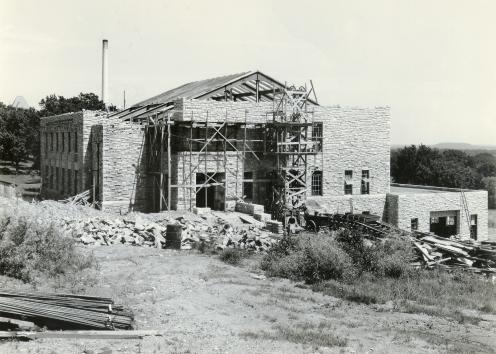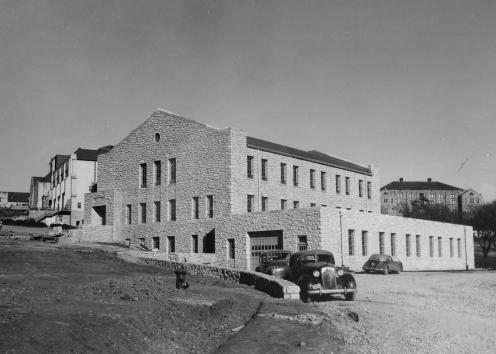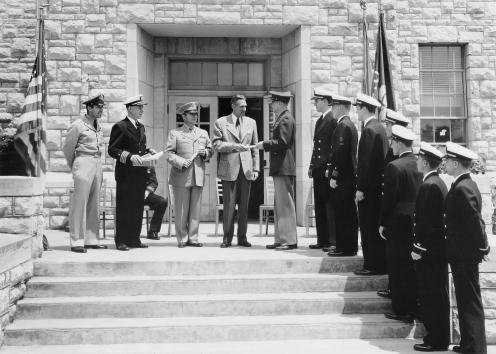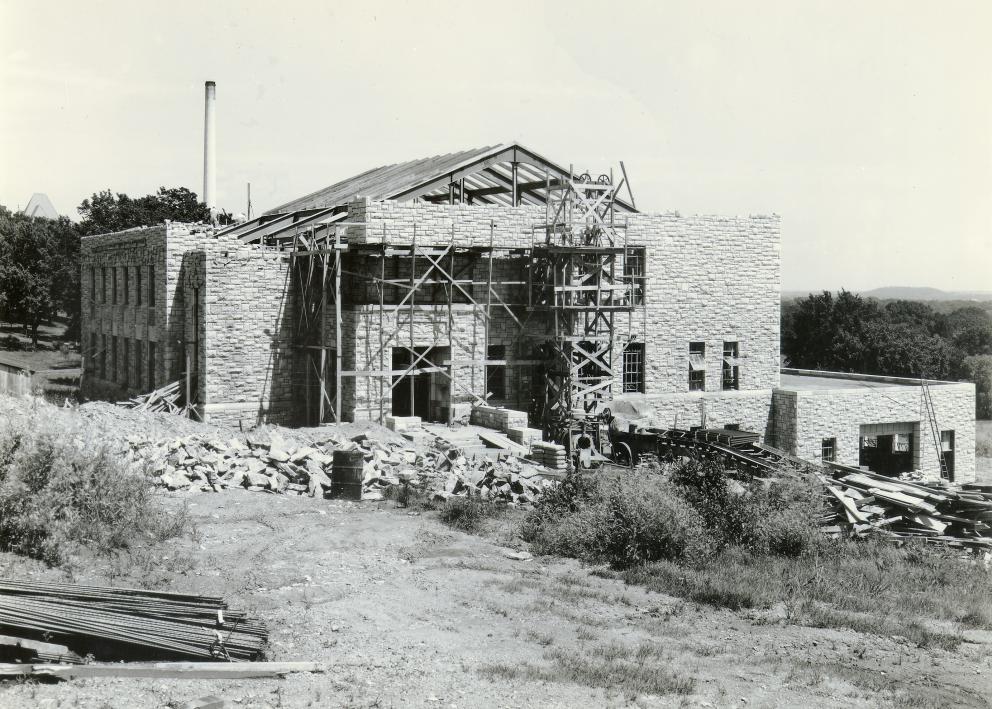A History Over Seventy Years in the Making
The Naval Reserve Officers Training Corps was established in 1926 to offer certain college students the necessary Naval Science courses required to qualify them for commissions in the Naval Reserve. NROTC Units were initially established at six universities. The initial program was highly successful, and during the years preceding World War II, it was expanded to include additional universities and colleges. During World War II, the U.S. Navy expanded from a manpower force of 100,000 officers and men in 1938 to over three and one-half million in 1945. The U.S. Navy became the world's leading sea power, and the requirement for a larger regular career officer corps became apparent. As a result of through study by distinguished naval officers, civilian educators, and members of congress, the mission of the NROTC was greatly increased in 1946 to encompass a new program, the Scholarship NROTC. This program, like the U.S. Naval Academy, leads to a commission in the Navy or Marine Corps. The NROTC program is offered at numerous leading universities and colleges throughout the country.
The NROTC Unit at the University of Kansas has a long and proud history, originating from two Navy educational programs developed and implemented in the early to mid-1940's. During World War II, the Navy had a need to provide technical education to many of its personnel. The first group in a series of machinist mates arrived on Mt. Oread on 1 July 1942. On July 1 1943, the Navy formally established both the V-5 Program and the V-12 Program on campus. The V-5 Program was designed to train enlisted personnel in specialized and technical areas such as electrician and machinist mate. The V-12 Program was designed to prepare large numbers of men for the Navy's officer Candidate Schools and to increase the war-depleted students bodies of many campuses. The V-5 Program remained on campus until August of 1944 and the V-12 Program continued until 1 November 1945.
The Department of the Navy's decision to approve the application request for a NROTC Unit at KU was probably the result of the University's reputation for one of the most successful V-5 and V-12 Programs in the country. A bronze commemorative award, engraved with the Secretary of the Navy's name and presented to the University for its commendable performance in training young men during W.W.II, is still on display in the NROTC Unit. Additionally, KU's nationally recognized Engineering Department, including studies in the relatively new field of nuclear energy, influenced the Navy's decision.
The initial letter requesting an NROTC Unit at the University of Kansas was originally signed and dated December 1940 by KU President Deane W. Malott. The application outlined the support to be provided by the Navy Department if the establishment of the Unit were to be approved. The first request was not acted upon, and a second letter, again requesting establishment of an NROTC Unit at KU, was signed by President Malott on 29 March 1945. Finally, on 1 May 1945, the continuing efforts of many Navy and University officials was rewarded when the University Chancellor was notified that KU had been selected as the new home for another NROTC Unit. After a period of transition during the Fall of 1945 and the Spring of 1946, the NROTC Unit became officially operational on 1 July 1946 under the recently approved "Holloway Plan". The five-year delay between the first and second letters was due to indecisiveness by Congress on whether to expand the Naval Academy or enlarge the NROTC program. Their decision to expand the NROTC program came in large measure as a result of Admiral James L. Holloway (Ret.), former Chief of Naval Personnel and "Father" of the Scholarship NROTC Program.





